cinema
2021«Ø09∑Ó26∆¸
Lady Hugo
Lady Hugo

(adele802.jpg)

(adele803.jpg)

(diane02.gif)
Kato, who is Lady Hugo?

(kato3.gif)
Diane, have you ever heard of Victor Hugo?
Yes, of course I have... He is one of the world-famous French writers, isn't he?
So, you know about him, don't you?... Actually, I've written an article about him and his famous novel.

(stdenis1d.jpg)

(paris104b.jpg)

(paris102c.jpg)
¢£°ÿ•—•Í§Œ∆¸ÀÐøÕ°Ÿ(A Japanese in Paris)

It is written in Japanese... So, unfortunately, you cannot read it... Anyway, in the above article I talked about his famous novel---"The Hunchback of Notre Dame." °°Diane, have you read the novel?

Yes, I read it a long time ago.
By the way, Diane, have you watched the following movie?
The Hunchback of Notre Dame
Trailer (1939)
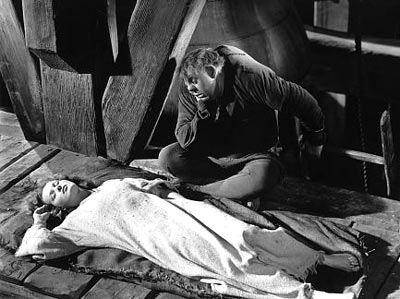
(hunch05.jpg)

No, I haven't, but I viewed the following musical:

(hunch31.jpg)

So, Diane, you like musicals, eh?

Yes, I do... Talking about Victor Hugo, is he famous even in Japan?
Oh, yes! °°When I was a kid, I read a story about the struggles of ex-convict Jean Valjean.

(hugo600.png)

Did you like it?

I didn't like it too much, but one scene was clearly implanted into my mind.
What kind of scene is that?
Well... Valjean, using the alias Monsieur Madeleine, has become a wealthy factory owner and is appointed mayor of a certain town. Walking down the street, he sees a man named Fauchelevent pinned under the wheels of a cart. When no one volunteers to lift the cart, even for pay, he decides to rescue Fauchelevent himself. He crawls underneath the cart, manages to lift it, and frees him.

(hugo601.jpg)

The town's police inspector, Inspector Javert, who was an adjutant guard at the Bagne of Toulon during Valjean's incarceration, becomes suspicious of the mayor after witnessing this remarkable feat of strength. He has known only one other man, a convict named Jean Valjean, who could accomplish it.

(hugo602.jpg)

How old were you when you read it for the first time.

I was ten or eleven years old, I suppose.
So, you were an avid reader, eh?
No, not really... in those days, the story of Jean Valjean was quite popular among the children of my age... so, naturally it interested me to a great extent.
Kato, have you watched the movie lately?
Not recently, but I watched it a few years ago.

(lib70510a.png)
¢£"Actual Page"

So, you watched it on April 8, 2016, huh? ... How did you like it?

(hugo92.jpg)

I wasn't impressed so much as I read the original story.

Talking about Lady Hugo, is she related to Victor Hugo?
Yes, of course, she is the youngest daughter of Victor Hugo.
Adele Hugo

(adele803.jpg)
(28 July 1830 - 21 April 1915)
Adele Hugo was the fifth and youngest child of French writer Victor Hugo.
She is remembered for developing schizophrenia as a young woman, which led to a romantic obsession with a British military officer who rejected her.
Her story has been retold in film and books, such as "The Story of Adele H."
Childhood
Adele Hugo was raised in a cultured, affluent home in Paris, the youngest child of Adele (nee Foucher) and Victor Hugo, France's most famous writer.

(adele800.jpg)
Adele Foucher
Adele enjoyed playing the piano, and was known for her beauty and long dark hair.
She sat for portraits by several well-known Parisian artists.
In 1851, the Hugo family moved to the island of Jersey, after Victor Hugo was forced into political exile.
The family remained on the Channel Islands until 1870.
It was in Jersey that Adele met Albert Pinson, the object of her obsession.
Illness and pursuit of Albert Pinson
Signs of mental illness became apparent in Adele in 1856.
Adele became romantically involved with a British army officer, Albert Pinson.
Pinson proposed marriage to Adele in 1855, but she rejected the proposal.
Adele had a change of heart, wanting to reconcile with Pinson, but he refused to be involved any further with Adele.
Pinson continued his military career, being sent to the Sixteenth Foot Regiment in Bedfordshire in 1856, where he seldom saw Adele.
Pinson then went to Ireland in 1858, upon promotion to lieutenant, where he was stationed until 1861.
Despite Pinson's rejection, she continued pursuing him.
Pinson developed a reputation for living a "life of debauchery".
Adele followed him when he was stationed to Halifax, Nova Scotia, Canada in 1863.
Adele's family worried for her well-being, and tried to track her whereabouts by letters.
In 1866, Pinson was stationed to Barbados, the British colonial centre in the Caribbean region.
He completely abandoned Adele when he left Barbados in 1869.
Adele did not find her way back to France until 1872, and in the interim, the Hugo family was unable to track her activities.
The mystery of Adele's life in Barbados may have been revealed in an anonymous letter to the editor—signed only "P"—published in the New-York Tribune on May 27, 1885.
The head of the Catholic mission in Trinidad, Cathonoy, gave a similar account of Adele's wretched situation in Barbados in a letter dated September 8, 1885.
He relates an incident where he met a Barbadian woman of African descent, named Madame Celine Alvarez Baa, who requested that a mass be said for Victor Hugo after news of the author's death.
Curious to know the reason for Madame Baa's interest in Victor Hugo, Cathonoy asked questions, and learned that Madame Baa had given Adele shelter when she was abandoned on Barbados, where she was known as "Madame Pinson".
Adele had been found wandering the streets, talking to herself, detached from her surroundings.
Madame Baa took the initiative to take Adele to her family in Paris.
Adele was then left in medical care.
A grateful Victor Hugo reimbursed Madame Baa for her expenses.
Erotomania
Adele's obsession was a manifestation of erotomania.
Along with her other symptoms of mental illness, including hallucinations, Adele's condition indicates schizophrenia.
The illness appeared in other members of the Hugo family.
Victor Hugo's brother Eugene was also schizophrenic.
She was ultimately sent to live in a mental institution for the affluent outside Paris.
She remained there until her death.
Out of Victor Hugo's five children, Adele was the only one who outlived him.
Much of what is known about Adele's life and her pursuit of Pinson comes from her diaries and letters.
Adele kept a journal while she lived on Jersey and Guernsey, which she titled Journal de l'Exil (Diary of the Exile).
She stopped keeping a diary by the time she landed in Barbados, due to her mental deterioration.
SOURCES: "Adele Hugo"
From Wikipedia, the free encyclopedia

How come you picked up Adele Hugo all of a sudden?

Well. . . I viewed the film: "The Story of Adele H." a few years ago.


(lib70509a.png+liv70509a2.png)
¢£"Actual List"

So you'd watched 1,636 movies by May 2017, hadn't you?

Yes, I had.
So, Kato, you're a flick maniac, huh?
You're telling me... Look at Number 1624 in the above list.
So you watched "The Story of Adele H" on May 1, 2017, huh?... How did you like it?
I loved viewing it, which is a quite amazing movie.

(lib70507a.png)
¢£"Actual Page"

(adele801.jpg)

Kato's Comment
This is a 1975 French historical docudrama directed by Francois Truffaut, based on Adele Hugo's diaries.
It shows the life of Adele Hugo, the daughter of world-famous Victor Hugo, whose obsessive unrequited love for a military officer leads to her downfall and insanity.

(adele804.jpg)
Her father places her in an asylum in Saint-Mande, where she lives for the next forty years.
She gardens, plays the piano and writes in her journal.
Adele Hugo died in Paris in 1915 at the age of 85.
Although it is an heartbreaking drama, the film almost appears like a dramedy when Adele views the show of a greedy hypnotizer.
At the time I laughed my head off to death.

Superb is the performance of 20-year-old Isabelle Adjani as Adele Hugo.

Did you really laugh your head off to death?

Well... of course, I exaggerated a bit, but the scene appeared quite hilarious... You should view the movie.
I think I'm gonna book the DVD.
You'd better hurry... Four people are still waiting...
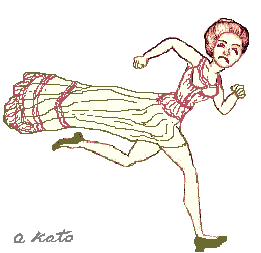
(petticot5.gif)

(laugh16.gif)
°⁄Himiko's Monologue°€
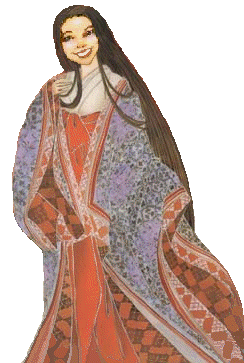
(himiko22.gif)
Well..., have you ever watched the movie of the Jean Valjean story?
If you speak Japanese, there is a Japanese version.
Here it is.
The following movie was made in 1950.

(haya01.jpg)
Jean Valjean is played by Sessue Hayakawa (¡·¿Ó ¿„Ωß 1889-1973) who starred in Japanese, American, French, German, and British films.
Hayakawa was one of the biggest stars in Hollywood during the silent era of the 1910s and 1920s.
He was the first actor of Asian descent to find stardom as a leading man in the United States and Europe.

(haya02.jpg)
His broodingly handsome good looks and typecasting as a sexually dominant villain made him a heartthrob among American women during a time of racial discrimination, and he became one of the first male sex symbols of Hollywood.
During those years, Hayakawa was as well-known and popular as Charlie Chaplin and Douglas Fairbanks, although today his name is largely unknown to the public.
In any case, I expect Kato will write another interesting article soon.
So please come back to see me.
Have a nice day!
Bye bye ...

(hand.gif)
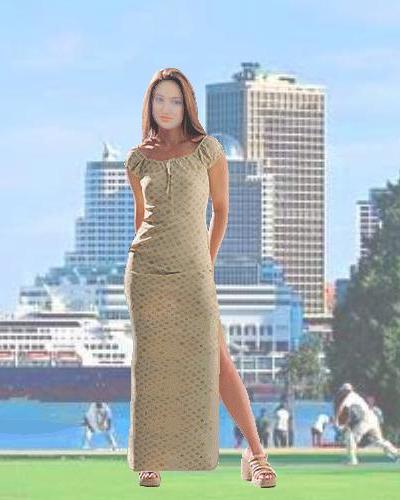
(renge400.jpg)
If you've got some time,
Please read one of the following articles:
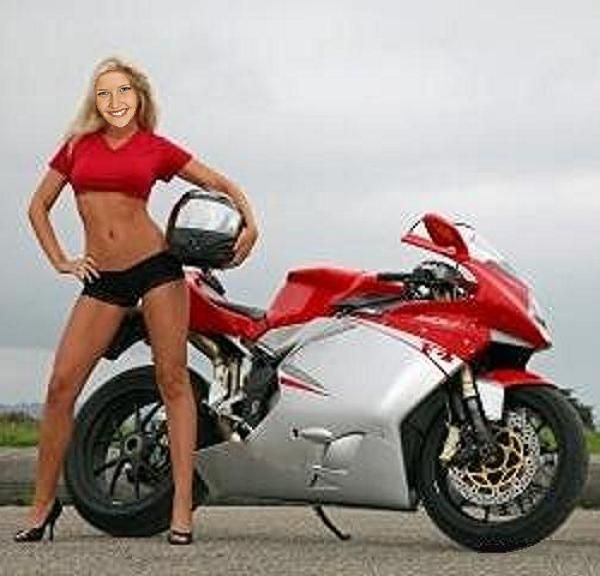
(biker302.jpg)
¢£Life or Death
¢£Way to Millionaire
¢£Adele Hugo
¢£Middle Sexes
¢£Romance@Madison
¢£Hacksaw Ridge
¢£Eight the Dog
¢£Halloween@Shibuya
¢£Chef Babette

(dianesun.jpg)
¢£Ramen Boom
¢£from Korea
¢£Omakase@Sushi
¢£Crocodile Meat
¢£Killer Floods
¢£Climate of Doubt
¢£Glory of Death
¢£Big Mystery
¢£Hitler and Trump
¢£Hot October
¢£2018 BC Ballot
¢£Bach Collegium Japan
¢£Dolly the Sheep
¢£Golden Shower
¢£Cleopatra
¢£Strange Love
¢£Quartet
¢£Unknown Tragedy
¢£World War B.C.
¢£Mystery of Dimension
¢£Call Girl Mystery
¢£Typhoon & Emperor
¢£Popes@Spotlight
¢£Fireflies
¢£Richard III
¢£Savage vs. Civilized
¢£Submerging Island

(surfin2.gif)

(bare02b.gif)
Hi, I'm June Adams.
Kato is a real movie lover, who tries to watch 1001 movies.
As a matter of fact, he has already accomplished his goal.

(lib81126a.png)
¢£°ÿActual List°Ÿ

(june001.gif)
Kato watched "The Arabian Nights" or "One Thousand and One Nights" as his 1001th movie.
You might just as well want to view it.
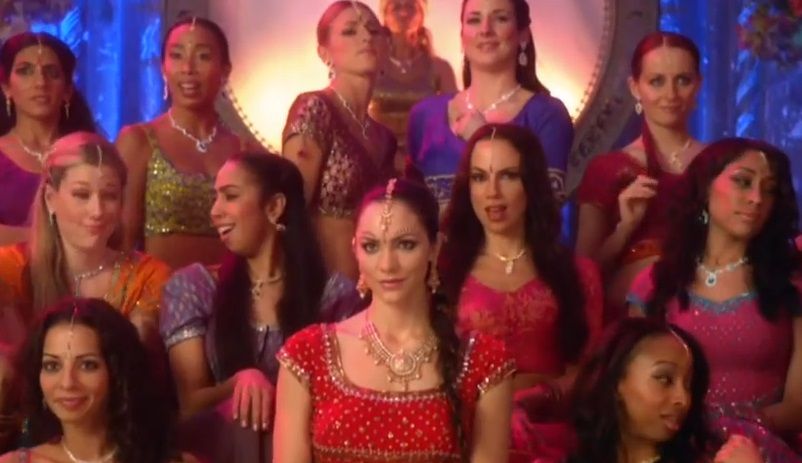
(1001nite.jpg)
[youtube https://www.youtube.com/watch?v=BP8CRi-WfyQ&w=500&h=350]
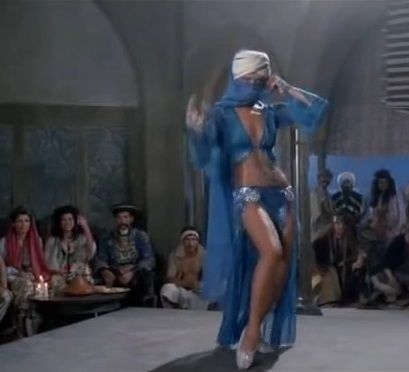
(1001nite10.jpg)
[youtube https://www.youtube.com/watch?v=lzKrMfni29c?feature=player_detailpage&w=500&h=350]

The stories in "the Arabian Nights" were collected over many centuries by various authors, translators, and scholars across West, Central, and South Asia and North Africa.
The tales themselves trace their roots back to ancient and medieval Arabic, Persian, Indian, Egyptian and Mesopotamian folklore and literature.
In particular, many tales were originally folk stories from the Caliphate era, while others, especially the frame story, are most probably drawn from the Pahlavi Persian work Hazār Afsān which in turn relied partly on Indian elements.
What is common throughout all the editions of the Nights is the initial frame story of the ruler Shahryār and his wife Scheherazade and the framing device incorporated throughout the tales themselves.
The stories proceed from this original tale.
Some are framed within other tales, while others begin and end of their own accord.
Some editions contain only a few hundred nights, while others include 1,001 or more.

(bellyan15.gif)

§»§≥§Ì§«°¢∞¶§»•Ì•Þ•Û§ÀÀ˛§¡§ø
•Ï•Û•≤§µ§Û§Œ§™œ√§Ú§Þ§»§·§∆
°ÿ•Ï•Û•≤ ™∏Ï°Ÿ§Ú∫ӧͧާ∑§ø°£
§‚§∑°¢•Ï•Û•≤§µ§Û§Œµ≠ªˆ§Ú§Þ§»§·§∆∆…§þ§ø§§§ §È§–°¢
º°§Œ•Í•Û•Ø§Ú•Ø•Í•√•Ø§∑§∆§Ø§¿§µ§§§Õ°£
¢£°ÿ∞¶§»•Ì•Þ•Û§Œ•Ï•Û•≤ ™∏Ï°Ÿ
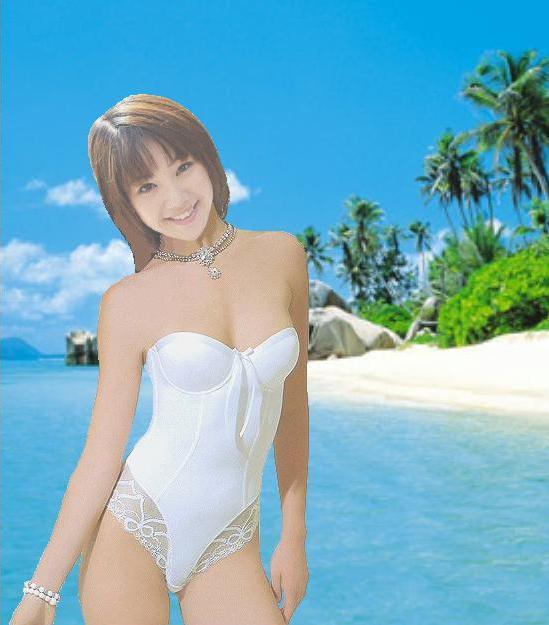
(renge730.jpg)
¢£°ÿ∑⁄∞ʬٕø•Í•¢•ª•Û…◊øÕ - æÆ…¥πÁ ™∏Ï°Ÿ
§»§À§´§Ø°¢∫£∆¸§‚∞Ï∆¸≥⁄§∑§ØÃ˚≤˜§À
•Õ•√•»•µ°º•’•£•Û§∑§Þ§∑§Á§¶§Õ°£
§∏§„§¢§Õ°£

(bikini901b.jpg)

(dogs17.gif)

(girlxx.gif)
